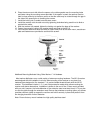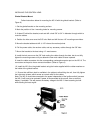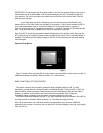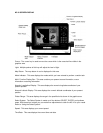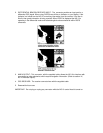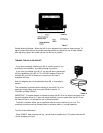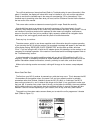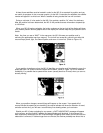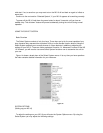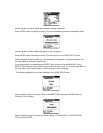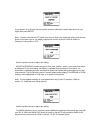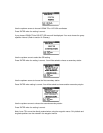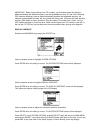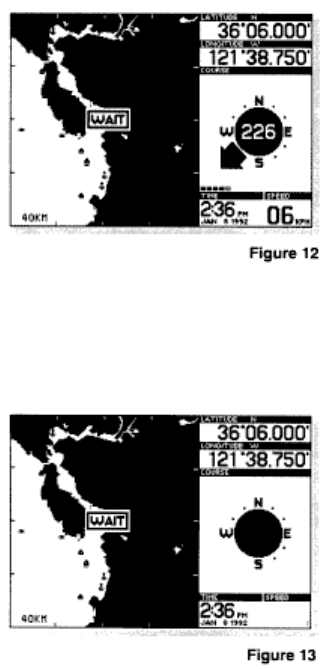
At least three satellites must be located in order for the NS 10 to ascertain its position and you
can watch its progress in the on-screen graphic. As the NS 10 searches for satellites, the satellite
number will appear in a white icon. When a satellite is being tracked the icon will turn dark.
During a cold start, it is far easier for the NS 10 to provide a position “fix” when it is stationary.
After the position has been determined, the NS 10 will provide accurate information at speeds up
to 199 Knots.
When your NS 10 begins navigating, the lat-lon numbers on the top right of the display will show
your present position and the graphic area of the display will show a map with your position at the
center.
Note: Any time you see a “WAIT” in the map area, the NS 10 knows your position and is
retrieving the appropriate map from memory. The unit will not accept any control input while this
occurs except power, light, the Select System, and zoom in/ zoom out. (Refer to Figure 12).
If your position is stationary when the NS 10 identifies your location and first draws the map, the
speed will show “00” and the course indicator will be blank. (Refer to Figure 13) Due to selective
availability, it is possible that a speed will be shown (usually less than 2 knots) when you are not
actually moving.
When your position changes, several things will happen on the screen. Your speed will of
course indicate the speed you are travelling, the course indicator will show the direction of travel,
and after a short time, you will see a course history line showing where you have been.
Should your NS 10 stop navigating for any reason, a “NOT NAVIGATING” message will appear
on the screen, and the position, heading and speed displays will be blank. If the antenna has
been temporarily obstructed, the NS 10 should begin navigating within about one minute once the
obstruction is removed, if it takes longer than one minute, the receiver probably was forced into a



